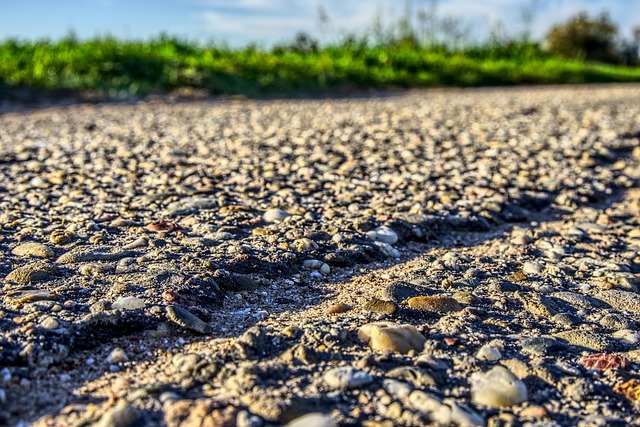The evolution of extreme weather phenomena has become an all-too-frequent topic of discussion in our society. As the planet warms and climate change accelerates, we witness more intensive and unpredictable weather patterns that significantly affect our daily lives. From devastating hurricanes and scorching heatwaves to unprecedented flooding and wildfires, the manifestations of extreme weather are evolving right before our eyes, leaving us to grapple with their impacts.
One of the most concerning aspects of this evolution is how climate change is altering our environment. Temperatures are consistently rising, leading to a domino effect on weather systems. Hotter ocean waters fuel powerful storms, while shifting jet streams can lead to prolonged droughts in some regions and extreme rainfall in others. This evolution doesn’t merely serve as an inconvenience; it transforms ecosystems, alters agricultural practices, and threatens biodiversity. As temperatures rise and weather patterns shift, various species struggle to adapt, leading to an extinction crisis for many of our planet’s flora and fauna.
Furthermore, the human experience is deeply intertwined with this evolution in extreme weather. Communities around the world are facing unprecedented challenges, from displacement caused by rising sea levels to the economic repercussions of agricultural failures. Locations once considered safe from natural disasters are now experiencing events that challenge their histories and readiness plans. This transformation forces individuals and communities to rethink how they manage resources, prepare for disasters, and support one another in times of crisis.
The public’s perception of extreme weather is also evolving. With each new report of wildfires raging through California or hurricanes striking the Gulf Coast with alarming regularity, there is growing awareness of climate change’s hand in these events. The narratives around these disasters are shifting, emphasizing the urgent need for action. Environmental advocacy groups are mobilizing communities to rally for change, urging governments and individuals alike to adopt sustainable practices that curtail emissions and preserve our fragile ecosystems.
In education, the evolution of extreme weather is prompting an urgent reexamination of climate science curricula, ensuring younger generations are equipped with the knowledge and tools necessary to face future challenges. Schools are becoming hubs for discussions on climate action, fostering a sense of responsibility among students to contribute positively to the world around them.
As we stand on the precipice of an uncertain future, it’s vital to acknowledge the evolution of extreme weather as both a call to action and a reminder of our interconnectedness with the environment. Each storm, flood, or heatwave is not merely a statistic but impacts lives, livelihoods, and landscapes. Addressing this evolution requires collective effort, innovative thinking, and a commitment to sustainability that transcends borders. Together, we must adapt, evolve, and act—both for our generation and the ones to come.




